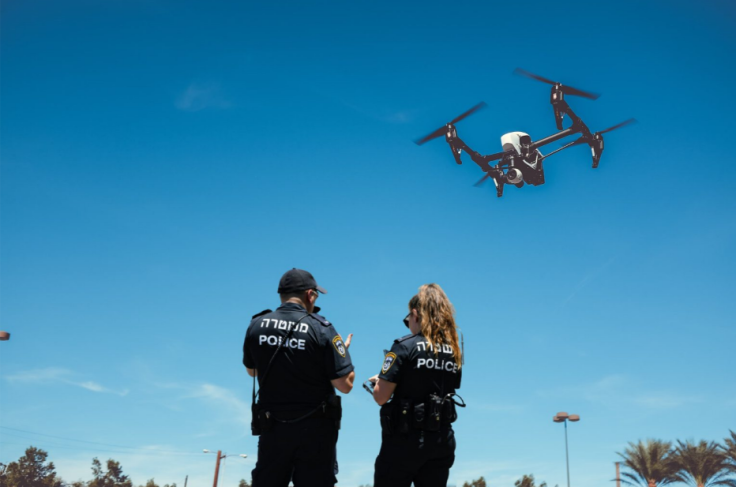
SEATTLE - Police departments across the United States are increasingly relying on technology to improve the way they address their tasks, with a growing number of agencies now using drones for different purpose.
Some departments are set to start trying them as a way to anticipate the arrival of responders, considering drones can be dispatched quickly in emergencies, flying above traffic to assess situations even before humans arrive to the scene.
The city of Scottsdale, in Arizona, will be the first to start using the first-responder drones from a startup called Aerodome for its tasks. A report by Axios say that Flock Safety, whose cameras and gunshot detection systems are used by police departments nationwide, will be providing the drones. The company already supplies thousands of police agencies in 49 states with license plate readers, gunshot detectors and analytics software.
How do first-responder drones work?
These new drones help police departments respond to incidents in real time and aid in issues such as searches for missing persons, major traffic crashes, crowd management and even high-speed chases, protecting police officers and bystanders by flying over traffic.
Other examples include serving high-risk warrants and during disposal operations for explosive materials. In D.C., police departments started using first-responder drones last month, adding five automated devices capable of 30 minutes of flight before needing a recharge.
"By layering in a drone-as-a-first-responder (DFR) program, we add another way to empower first responders to protect lives, keep Scottsdale safe, reduce response times and drive down crime," Scottsdale Police Chief Jeff Walther said in a statement.
About two dozen agencies around the country are currently using DFR programs, according to Charles Werner, director of the nonprofit DroneResponders Public Safety Alliance. Overall, more than 1,500 police departments nationwide already use drones for search and rescue operations, crowd monitoring, crime scene investigations, among other tasks.
How fast can they respond to a 911 call?
In cases such a stolen vehicle or a car associated with an AMBER alert, an officer or dispatcher can push a button to automatically send a rooftop drone to the location in less than 90 seconds.
Drones can also serve as a "force multiplier" by silently tracking a suspect while another officer is trying to respond to other 911 calls.
Concerns over the use of drones
The use of "an extra pair of eyes in the sky" has raised concerns over the general population's privacy.
In 2021, a court ruling found Baltimore aerial surveillance system deployed to try to reduce homicides was an unconstitutional intrusion of privacy, as it tracked residents' movements throughout the day.
"We're very concerned that we may be moving toward a future where we find ourselves constantly scanning the skies, seeing drones overhead, and feeling like the eyes of law enforcement are always upon us," American Civil Liberties Union policy analyst Jay Stanley wrote last year in relation to the use of drones by police agencies.
© 2025 Latin Times. All rights reserved. Do not reproduce without permission.






